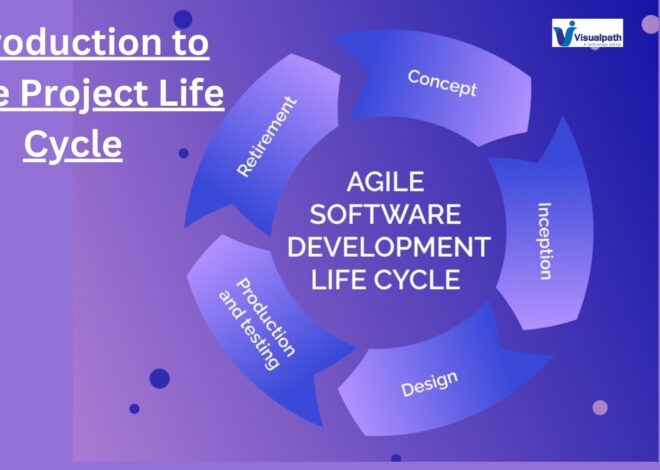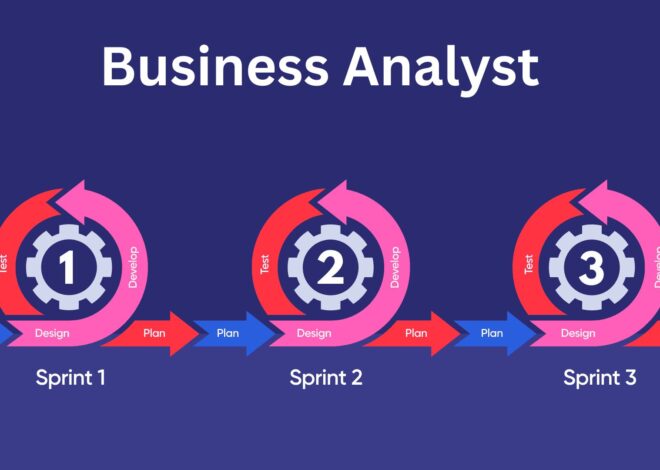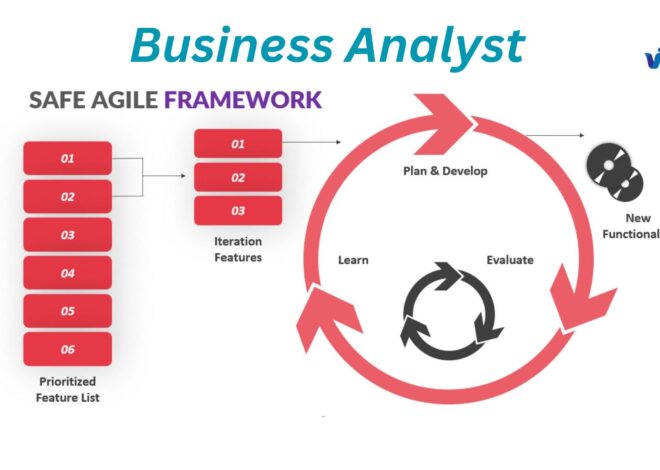Introduction
Business analysis serves as the backbone of strategic decision-making within organizations, enabling them to identify opportunities, streamline processes, and maximize efficiency. Through a systematic approach encompassing various stages and techniques, business analysts navigate complex landscapes to deliver actionable insights. Let’s delve into the stages of business analysis along with key techniques that drive success. Business Analyst Training Institute
1. Understanding Business Needs:
This initial stage involves thorough comprehension of organizational goals, challenges, and stakeholders’ expectations. Techniques such as stakeholder interviews, surveys, and workshops aid in gathering comprehensive requirements. Business Analyst Course Online
2. Defining Scope and Objectives:
Clear definition of project scope and objectives sets the foundation for focused analysis. Techniques like scope modelling and requirement prioritization ensure alignment with business goals and constraints.
3. Gathering Requirements:
Through elicitation techniques such as brainstorming, document analysis, and prototyping, business analysts gather, document, and validate requirements from stakeholders. This stage ensures a holistic understanding of system functionalities and user needs.
4. Analysing and Documenting Requirements:
Analytical techniques like SWOT analysis, PESTLE analysis, and data modelling facilitate the assessment of gathered requirements. Documentation tools such as use cases, user stories, and requirement traceability matrices ensure clarity and traceability of requirements throughout the project lifecycle.
5. Solution Assessment and Validation:
Validation techniques like prototyping, user acceptance testing, and feasibility studies validate proposed solutions against business requirements. This stage ensures that the proposed solution aligns with organizational objectives and addresses identified needs. Business Analyst Training
6. Implementing Solutions:
During implementation, techniques such as change management, stakeholder communication, and training programs facilitate smooth transition and adoption of the proposed solution within the organization.
7. Continuous Improvement:
Business analysis doesn’t end with implementation; it involves continuous monitoring and improvement. Techniques like performance metrics, feedback mechanisms, and post-
Implementation reviews enable organizations to adapt to changing business environments and optimize processes for sustained success. Business Analyst Training in Hyderabad
Conclusion
Effective business analysis involves a structured approach encompassing various stages and techniques tailored to the unique needs of each organization. By understanding business needs, defining clear objectives, and employing appropriate techniques throughout the analysis process, business analysts play a pivotal role in driving organizational growth and innovation.
Visualpath is one of the best Business Analyst Training in Hyderabad. We are providing Live Instructor-Led Online Classes delivered by experts from Our Industry. We will provide live project training after course completion. Enroll Now!! Contact us +91-9989971070.
Attend Free Demo
WhatsApp :https://www.whatsapp.com/catalog/917032290546/
Visit: https://www.visualpath.in/business-analyst-online-training-in-hyderabad.html




